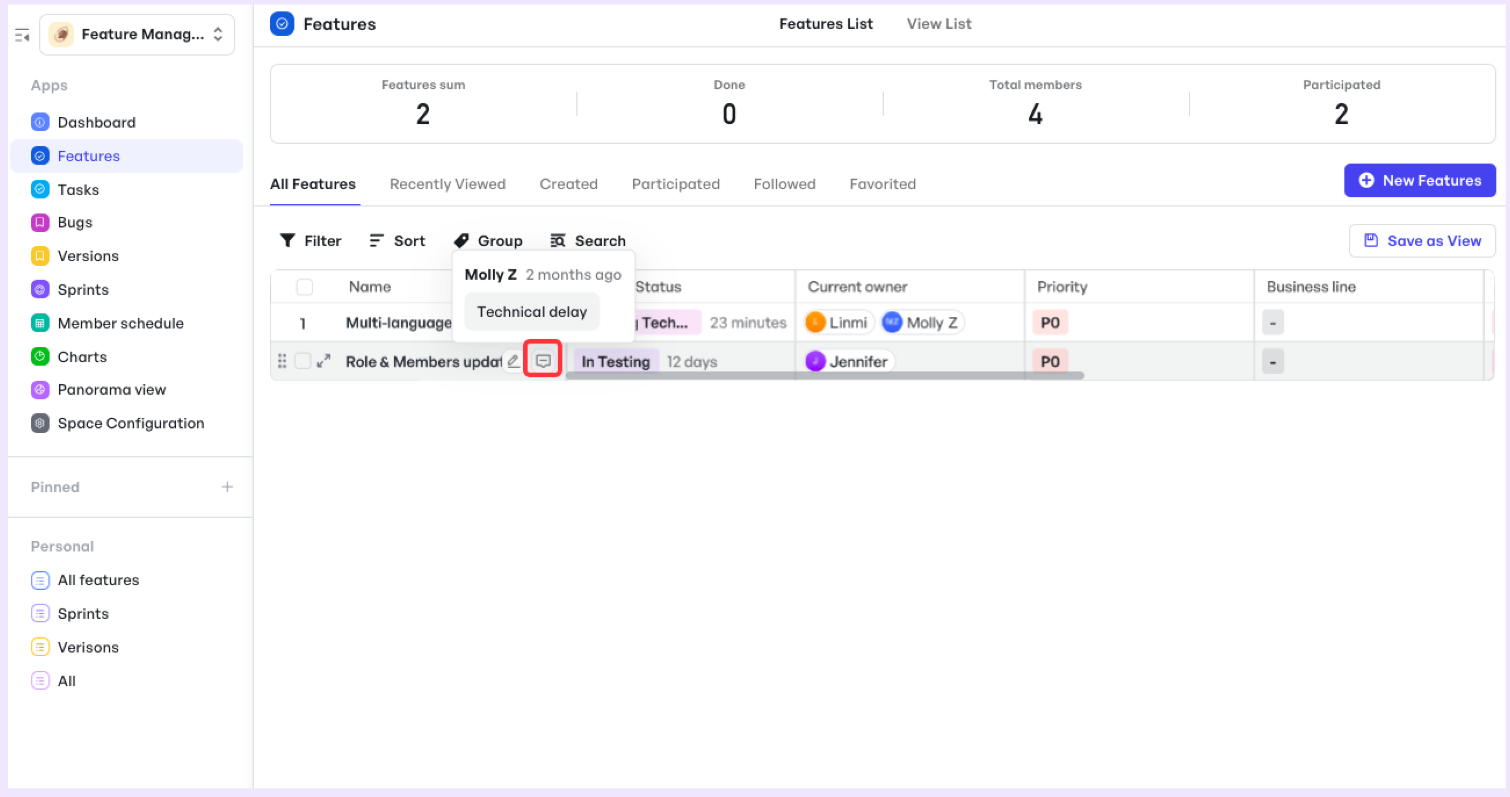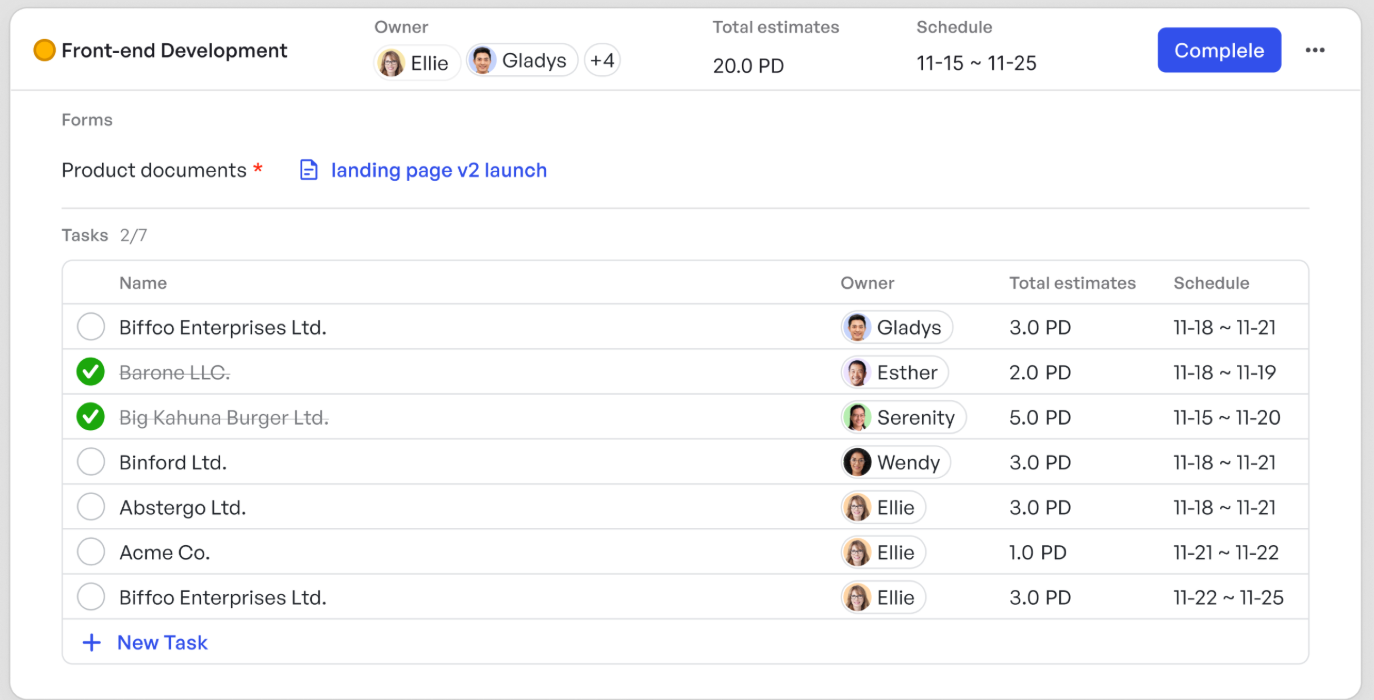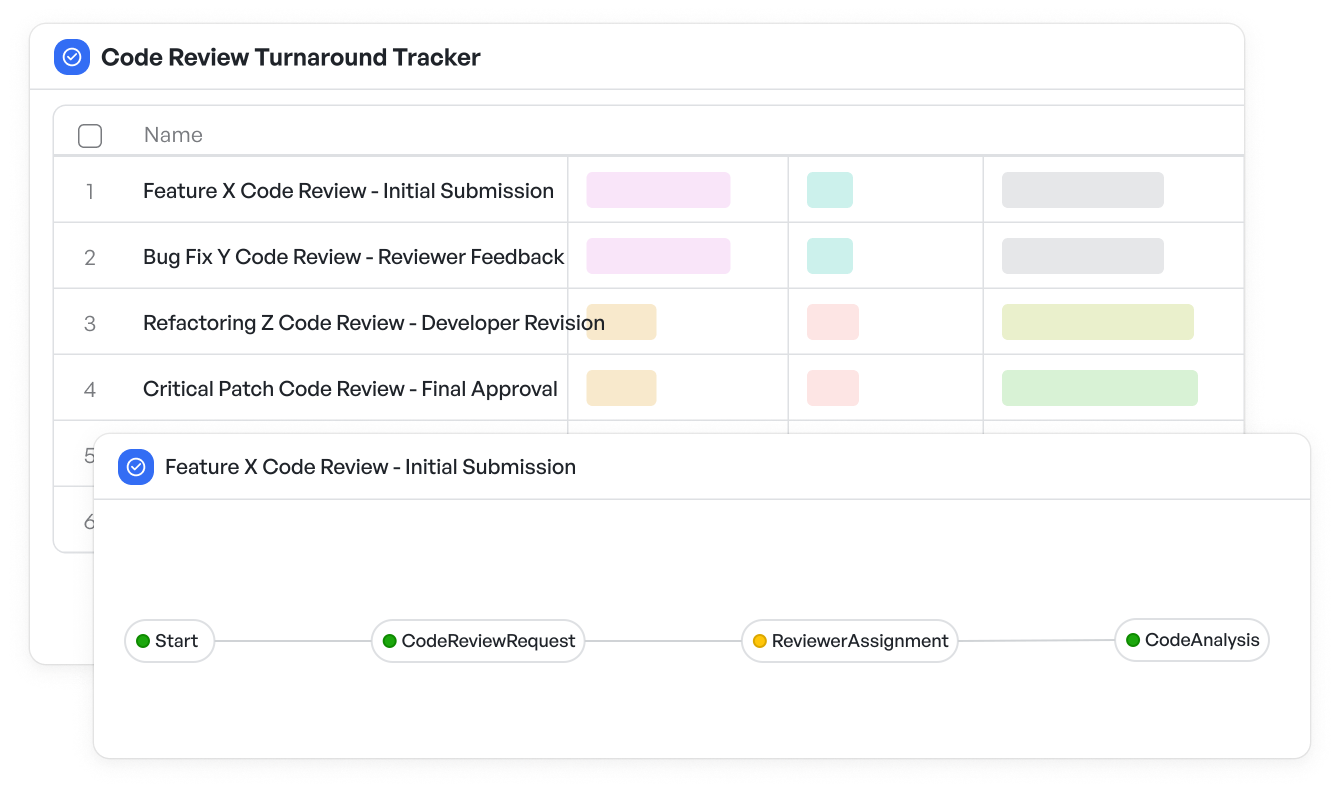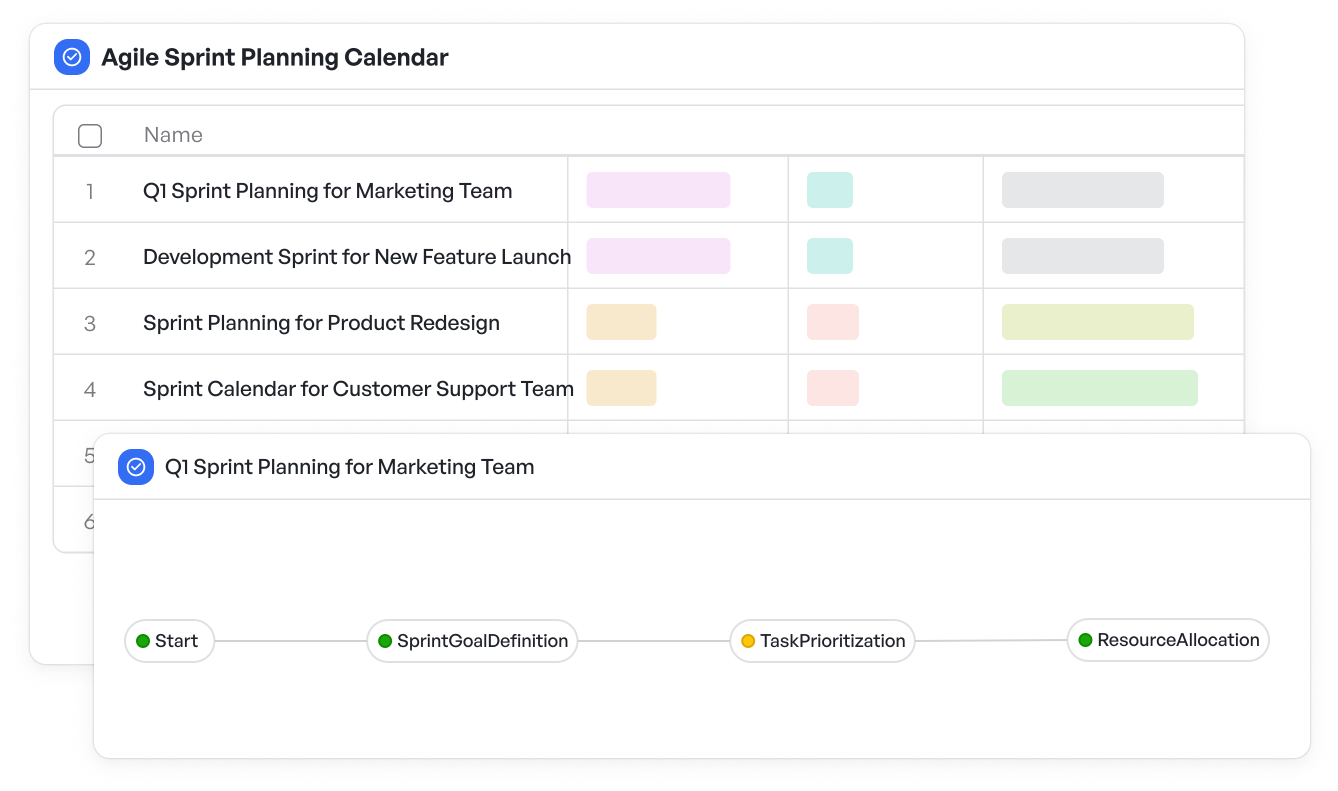How To Implement Feature-Driven Development In Software Development

Feature-driven development (FDD) is an Agile methodology focused on delivering tangible, client-valued features in regular, iterative cycles. Rather than centering around tasks or sprints, FDD structures planning and execution around distinct, functional features that deliver value on their own.
This makes it a pragmatic choice for mid-market and enterprise software teams managing large-scale development efforts.
FDD is not a replacement for Agile but rather a structured implementation style within it, especially suited to teams that value documentation, repeatability, and early visibility.
The following sections examine how feature-driven development in software development enhances clarity, accelerates delivery, and aligns teams around meaningful outcomes.
Why Feature-Driven Development Appeals to Mid-Market and Enterprise Teams
Software teams operating at scale often run into issues of complexity, alignment, and velocity. FDD provides a balance of upfront planning and Agile adaptability that suits the pace and stakeholder involvement in enterprise environments.
A structured workflow system that supports cross-functional visibility and process customization, such as those used in software development platforms built for scale, can make adopting FDD even more effective.
Here’s why teams prefer FDD over general Agile practices in these scenarios:
- Feature clarity improves stakeholder communication.
- Early design encourages scalable architecture.
- Defined roles support specialization without confusion.
- Incremental delivery fits internal milestones and client reviews.
This approach makes FDD especially compatible with software businesses that manage long-term roadmaps, integrate across functions, and support multiple internal and external clients.
 Feature planning tracker to pilot feature-driven development workflows visually in Meegle
Feature planning tracker to pilot feature-driven development workflows visually in MeegleKey Components of Feature-Driven Development
Before applying FDD, it's important to understand its structure. It consists of five core activities:
1. Develop an Overall Model
Identify the domain model through collaborative workshops involving cross-functional team members. This early alignment builds a shared understanding of the system’s structure and guides downstream decisions.
For teams looking to strengthen this foundational step, effective team collaboration strategies can significantly improve modeling outcomes and long-term delivery success.
2. Build a Features List
Break the system into small, client-valued features, such as “log in to the dashboard” or “generate invoice PDF.” They must be meaningful, independent, and traceable.
A dedicated feature management workflow can help teams structure these items, prioritize them based on business impact, and link them to delivery milestones using built-in task tracking and version control.
 Feature list view that’s structured within Meegle’s feature management workflow
Feature list view that’s structured within Meegle’s feature management workflow3. Plan by Feature
Each feature gets an owner, a timeline, and dependencies - an approach that benefits from granularity in project management, where breaking down tasks into finer levels helps improve estimation and alignment. This stage helps forecast releases while keeping work modular and organized.
 Granular task monitoring and progress tracking
Granular task monitoring and progress tracking4. Design by Feature
Small feature teams design and review implementation plans, focusing on edge cases, reusability, and team feedback. It reduces friction during the build phase and sets the quality bar early.
5. Build by Feature
Once the design is approved, the feature is built, unit tested, and integrated into the main build. Maintaining consistent code quality during this phase is essential.
Using a turnaround tracker for code reviews can help teams avoid bottlenecks, reinforce accountability, and speed up the delivery of approved features.
 Monitor and accelerate feature delivery with Meegle’s code review turnaround tracker
Monitor and accelerate feature delivery with Meegle’s code review turnaround trackerTogether, these five activities form a repeatable and scalable approach to delivering client-facing value with consistency.
By breaking complex builds into manageable, well-defined units, teams can maintain high visibility, reduce rework, and continuously align with stakeholder expectations.
Feature-driven development not only enhances clarity in execution but also reinforces the principles of Agile delivery through structure and accountability.
How Feature-Driven Development Supports Agile in Software Teams
Agile's popularity comes from its adaptability, but without discipline, that flexibility can sometimes create scope confusion or delivery delays. FDD strengthens Agile environments by:
- Structuring projects around real user value
- Reducing ambiguity in cross-team communication
- Keeping development incremental without losing sight of business goals
In short, FDD maintains the spirit of Agile while addressing the clarity needs of complex environments.
Feature-Driven Development vs. Other Agile Approaches
Understanding the distinction between FDD and other Agile models like Scrum or Kanban helps teams pick the right process based on their organizational needs.
| Aspect | Feature-driven development | Scrum | Kanban |
|---|---|---|---|
| Planning | Upfront modeling + feature lists | Sprint planning | Continuous flow |
| Roles | Feature owner, class owner | Product owner, Scrum master | Flexible roles |
| Metrics | Features completed | Velocity, burndown | Cycle time, work in progress (WIP) |
| Best for | Structured, multi-feature projects | Iterative delivery cycles | Operational workflows |
Teams can also hybridize. Many successful teams mix FDD’s planning model with Scrum ceremonies or Kanban boards to meet unique internal demands.
Applying Feature-Driven Development in a Software Environment
Software organizations, especially those with complex user flows or layered integrations, benefit from FDD in the following ways:
- Modules like billing, onboarding, or access control can each be broken into smaller features.
- Product managers gain a clear reporting framework tied to feature status.
- Quality assurance (QA) and DevOps can integrate FDD checklists into automated testing and continuous integration/continuous deployment (CI/CD) pipelines.
FDD becomes not just a development framework, but a shared language across engineering, product, and business teams.
How to Implement Feature-Driven Development in Your Project
Adopting feature-driven development (FDD) does not require a complete overhaul of existing processes. Instead, organizations can introduce their principles incrementally and scale adoption over time.
The following four-step approach is suitable for software teams aiming to implement FDD with minimal disruption:
Step 1: Identify a Pilot Module
Select a self-contained application module, such as the reports dashboard or notification system, and apply the five core FDD activities. This allows for controlled experimentation and evaluation before broader implementation.
Use the Code Contribution Workflow Template to map the end-to-end lifecycle of a feature within the pilot module.
 Maintain consistency, collaboration and clean handoffs between development and review with code contribution workflow
Maintain consistency, collaboration and clean handoffs between development and review with code contribution workflowStep 2: Introduce Feature Planning Templates
Utilize structured templates to define each feature’s name, owner, dependencies, and estimated delivery timeline. Standardized planning enhances clarity and facilitates coordination among cross-functional teams.
Step 3: Align Teams Around Feature Reviews
Establish recurring feature review sessions involving representatives from product management, quality assurance, and engineering. These checkpoints promote early issue identification and ensure collective ownership of deliverables.
Step 4: Scale to Additional Modules
Upon achieving success with the initial pilot, extend FDD practices to other areas such as billing, onboarding, or user permissions.
Managing multiple modules and their delivery timelines can be simplified with tools like an agile sprint calendar, which helps teams stay organized and aligned as they grow.
 Agile sprint calendar for seamless multi-module planning
Agile sprint calendar for seamless multi-module planningFor teams utilizing visual workflow platforms, implementing FDD can be considerably more seamless. Integrated modeling, task tracking, and visibility tools reduce the operational burden typically associated with process changes.
Over time, feature-driven development becomes more than a delivery framework—it serves as a unifying approach that aligns product strategy, engineering execution, and stakeholder expectations, ultimately contributing to more consistent and measurable outcomes.
Gain Control and Clarity With Feature-Driven Workflows
Software teams don’t have to trade structure for flexibility. Feature-driven development offers the best of both worlds by providing a clear framework while allowing Agile execution.
If your software projects are getting delayed due to shifting scopes, fuzzy communication, or unclear ownership, structured workflows built around FDD can bring visible, measurable improvements.
Visualize every feature. Align every sprint. Meegle powers clear, fast development.
The world’s #1 visualized project management tool
Powered by the next gen visual workflow engineRead More
Check All BlogsStart creating impactful work today



